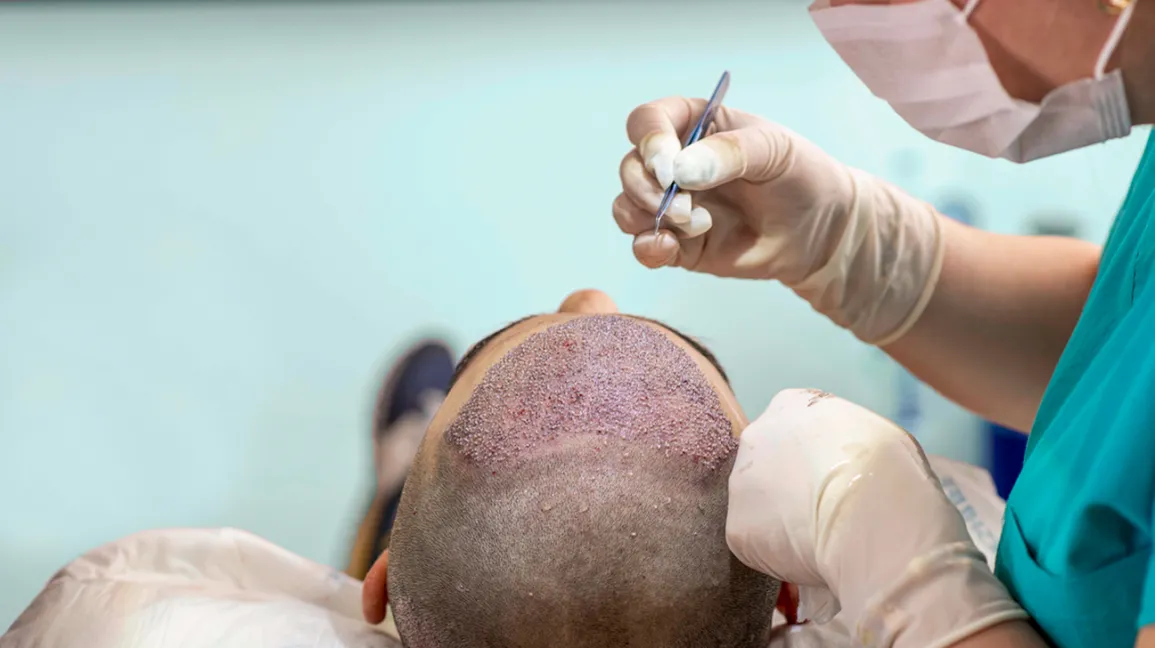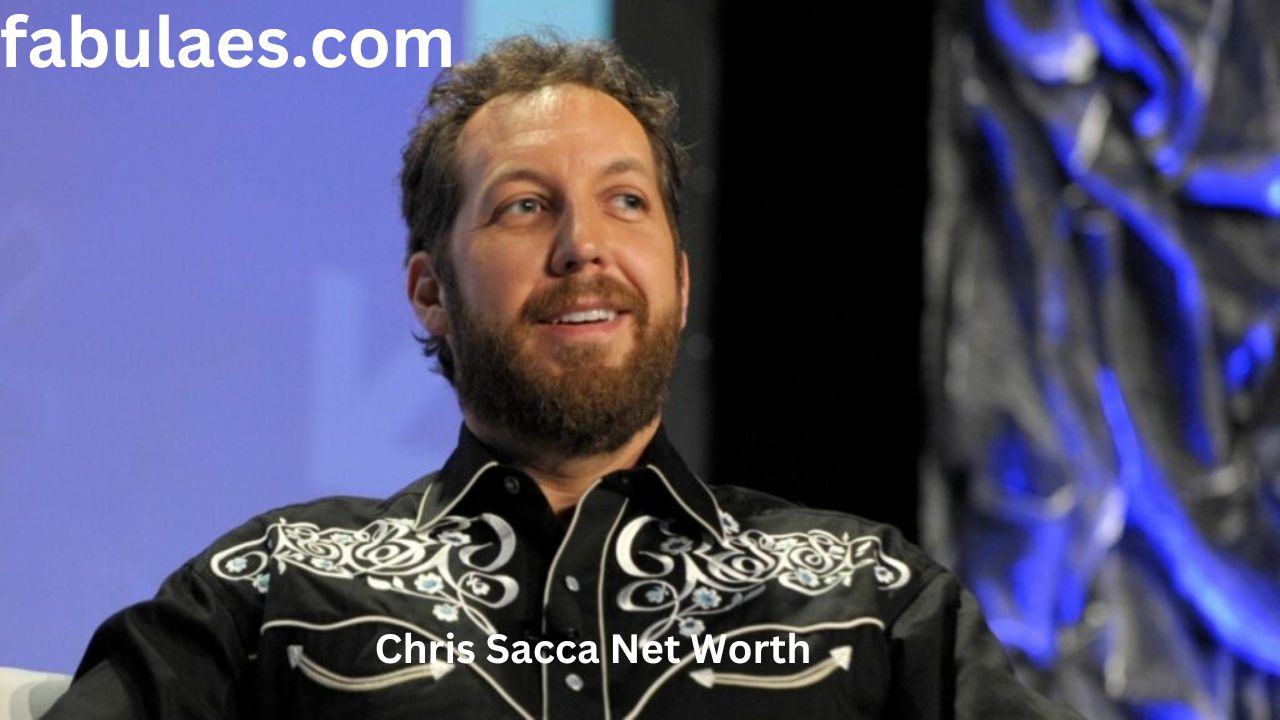African American men and women often have a lower hair density than other ethnicities, making creating thicker facial coverage and a natural-looking hairline more challenging. The kinky texture of their hair also requires extra care when transplanting grafts into the scalp for the best results. Conventional cylindrical punches struggle with the tightly coiled and curved nature of Afro-textured hair, often resulting in the transaction, which compromises final coverage.
Donor Hair
When considering a hair transplantation procedure to restore thinning hair, it is critical to select an experienced surgeon. Several ways are already making hair transplants more accessible for African Americans. The hair restoration surgeon should clearly understand the unique characteristics of African American hair and be capable of delivering optimal results. A trained specialist will understand how to achieve fuller hair coverage and a natural-looking hairline, even with limited donor resources. Historically, performing hair transplantation on patients with black textured hair has been challenging for many surgeons. It is because the spiral shape of each hair follicle extends deeper into the scalp than the more straight follicles found in Caucasians. It makes it difficult for a surgeon to use the favored follicular unit extraction technique (FUE) without damaging the hair follicles. Damage to the follicles can lead to high transaction rates and unsatisfactory results.
In addition, a surgeon needs to precisely identify the best follicles on the scalp to create an attractive hairline and thicker coverage in balding areas. Advanced technology can help ensure that a patient will achieve a natural appearance with a hair transplant. These systems enable a surgeon to identify the correct location and size of the graft, maximizing yield. In addition, these systems eliminate the linear scar left by traditional strip surgery, making them more appealing to African American patients.
The Curl Pattern
Many African American men and women experiencing hair loss have hesitated to consider a transplant because of their unique hair characteristics. However, the curly character of black hair gives patients a surgical advantage during the transplantation process. The curliness of the hair creates the appearance of more density, so it typically takes fewer hair grafts to achieve visible results. Additionally, the lower contrast between skin color and hair color in African Americans helps the grafted hair blend naturally with the surrounding facial hair. The curved structure of the hair also makes it more difficult for hair transplant surgeons to identify and select optimum follicular units for the procedure. Because of this, the surgeon must understand the unique characteristics of a patient’s hair texture before performing the procedure. In addition, a good hair restoration surgeon will know how to transplant curly hair to look natural and grow properly. Fortunately, modern hair restoration technologies can accurately identify a person’sperson’s hair type and understand their unique characteristics. Using these tools allows surgeons to select and harvest follicular units that are ideal for the transplantation process. Then, they can carefully place these follicular units into the area of the scalp where the balding or thinning hair is occurring so that they will grow properly after the procedure.
The Scalp
The anatomic region of the scalp covers your head, extending anteriorly to your forehead and laterally to your cheekbones and ears. It’sIt’s connected posteriorly by your neck (NIH). Your hair-bearing scalp is located in the outermost level of the scalp, called the epidermis, which has five distinct cellular layers: the stratum corneum, the stratum lucidum, the stratum granulosum, the stratum spinosum and the stratum basale. Curly hair is an asset during transplant because it provides more coverage with fewer follicles. It allows our surgeon to use fewer grafts to achieve results while keeping them dense and natural. However, it also poses challenges during the harvesting phase of your hair restoration surgery. If properly harvested, your follicles can stay intact and intact. Fortunately, our Houston Hair Transplant Center surgeons are experts in the advanced techniques of Follicular Unit Extraction, or FUE. This knife-free method of removing hair follicles avoids the linear scar from more invasive FUT procedures and makes it possible to use shorter hairstyles. During the harvesting phase, our doctors carefully separate your natural, healthy hair from the surrounding tissue using a surgical microscope. They then divide the hair-bearing scalp into tiny grafts for transplantation to your balding areas.
The Hairline
The hairline is a key factor when considering your hair restoration options. A natural-looking, youthful hairline can dramatically change your appearance for the better. Traditionally, the best approach to creating a new hairline was through ” plugs,” which involved transplanting groups of follicles. The problem with this method was that it often looked unnatural due to awkward cluster groupings and the visible “gaps” of hair between plugs. Fortunately, modern technology has revolutionized how surgeons work with different hair types. This advanced technology enables them to identify the optimal grafts for each patient based on their hairline and growth pattern. During a hair transplant, surgeons harvest healthy hair from other parts of the scalp and then graft it to areas with thinning or balding. A skilled surgeon can use this technique to virtually recreate your natural hairline and give you the desired thickness. However, a surgeon must understand the unique challenges of working with various hair types. Your surgeon must know the full range of hair loss patterns, graft harvesting techniques, and implantation methods for all hair types.











